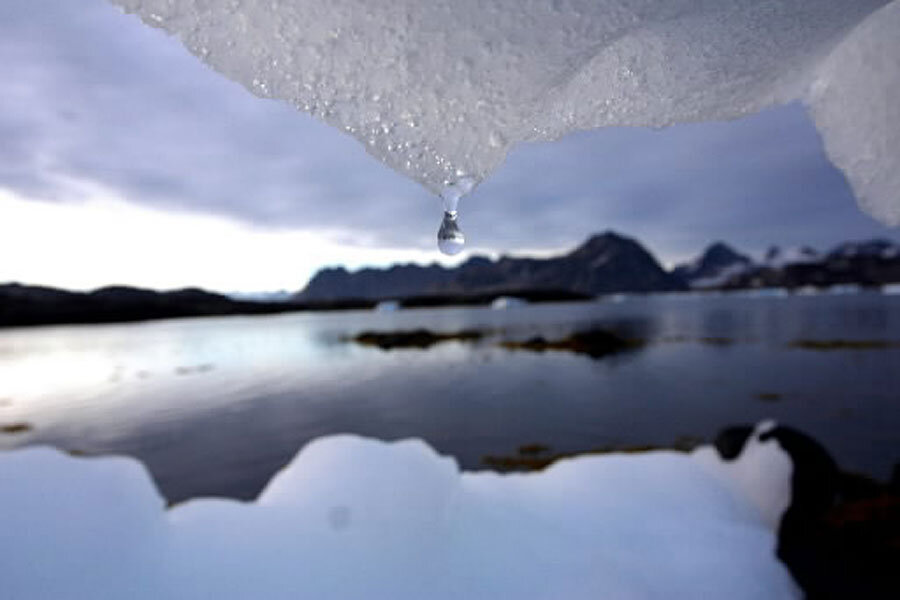Why melting permafrost could cost $43 trillion
Loading...
Arctic permafrost traps much of the world’s carbon dioxide and methane below the Earth’s surface. But as Arctic temperatures rise, that frozen soil may not be able to hold all that gas for much longer.
Those increased emissions could cost us big. As the permafrost melts, the greenhouse gases released could lead to $43 trillion worth of economic damage by 2200, according to researchers from the University of Cambridge and the University of Colorado.
That’s over $230 billion each year, or $26.5 million each hour.
A letter published in Nature Climate Change on Monday, describes how melting permafrost alone increases the predicted economic impact by 13 percent, raising the price tag by 2200 from $326 trillion to $369 trillion.
The researchers first calculated the rate at which thawing permafrost might release the greenhouse gases. Then, from that increase in emissions, they evaluated the cost to mitigate the effects of the additional greenhouse gases.
Direct economic impacts include agricultural losses or increased air conditioning energy use. Indirect impacts include those on public health, ecosystems, the effects of rising seas and more frequent natural disasters.
“The impacts will be felt around the world,” study co-author Chris Hope of the University of Cambridge’s Judge Business School said in an email to the Monitor.
The Arctic receives significant attention in climate change conversations, as people see ice sheets melting into the world’s oceans from rising global temperatures. But permafrost, hidden under the surface of the Earth, holds deep problems.
Permafrost, frozen organic matter in the soil, holds about 1,700 gigatons, or 1.7 trillion tons, of carbon. As the permafrost melts, it will release the carbon into the atmosphere, mostly as carbon dioxide but also as methane gas.
“Thawing permafrost is likely to be one of the major consequences of the changes in the Arctic climate,” Dr. Hope said in his email.
Why put a price on permafrost melt?
Calculating the economic impact can actually help, said Hope. “We can then include it in the risk-benefit calculations that are performed when trying to decide what to do about climate change.”
Hope and his colleagues also look on the bright side. In the paper, they examine what the economic impact could be if “aggressive” efforts are put in place to reduce emissions.
The policy they apply helps a lot. “It reduces the mean impacts of thawing permafrost from $43 trillion to $6 trillion,” said Hope. “We can do quite a lot if we have the will.”








